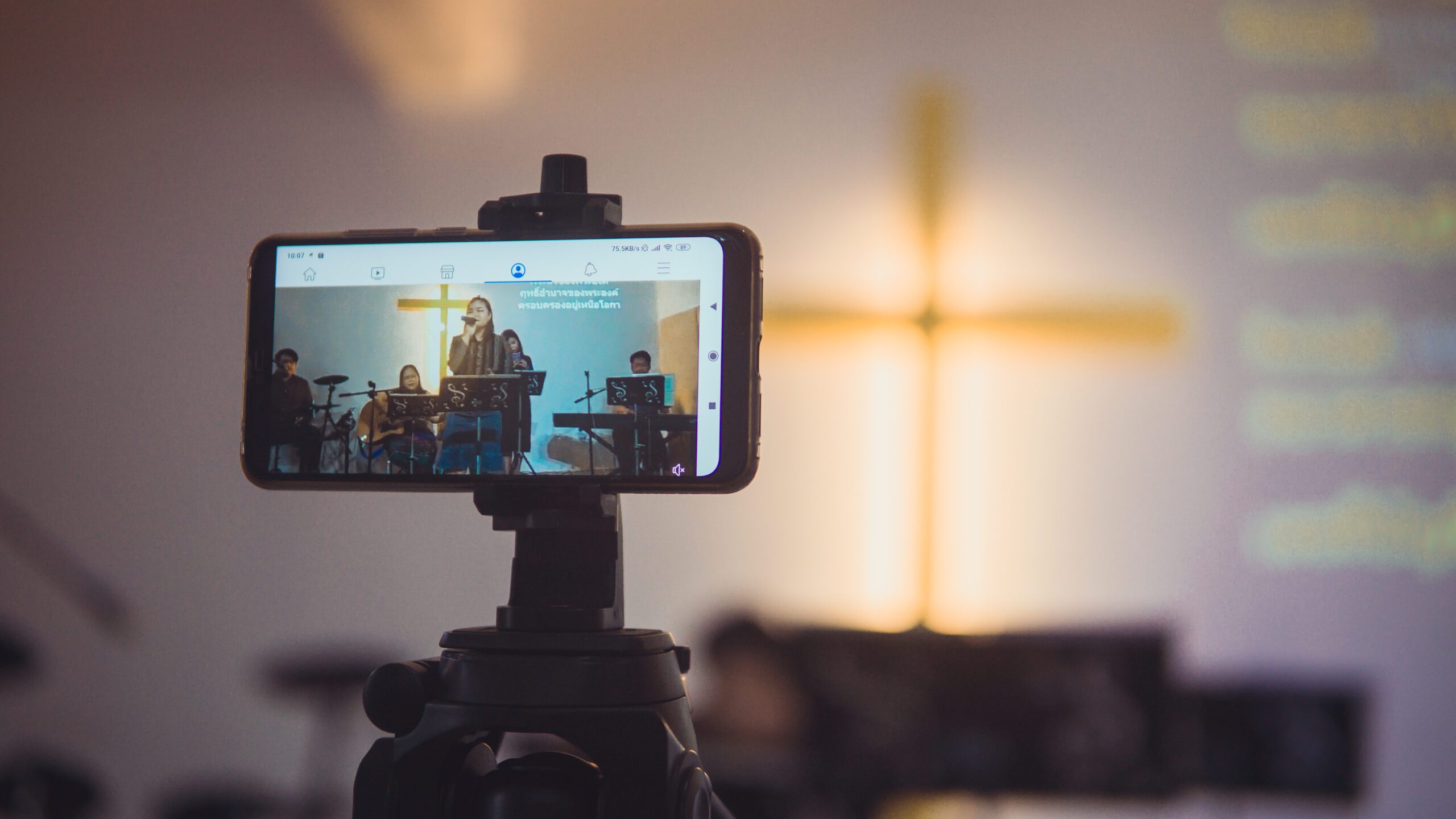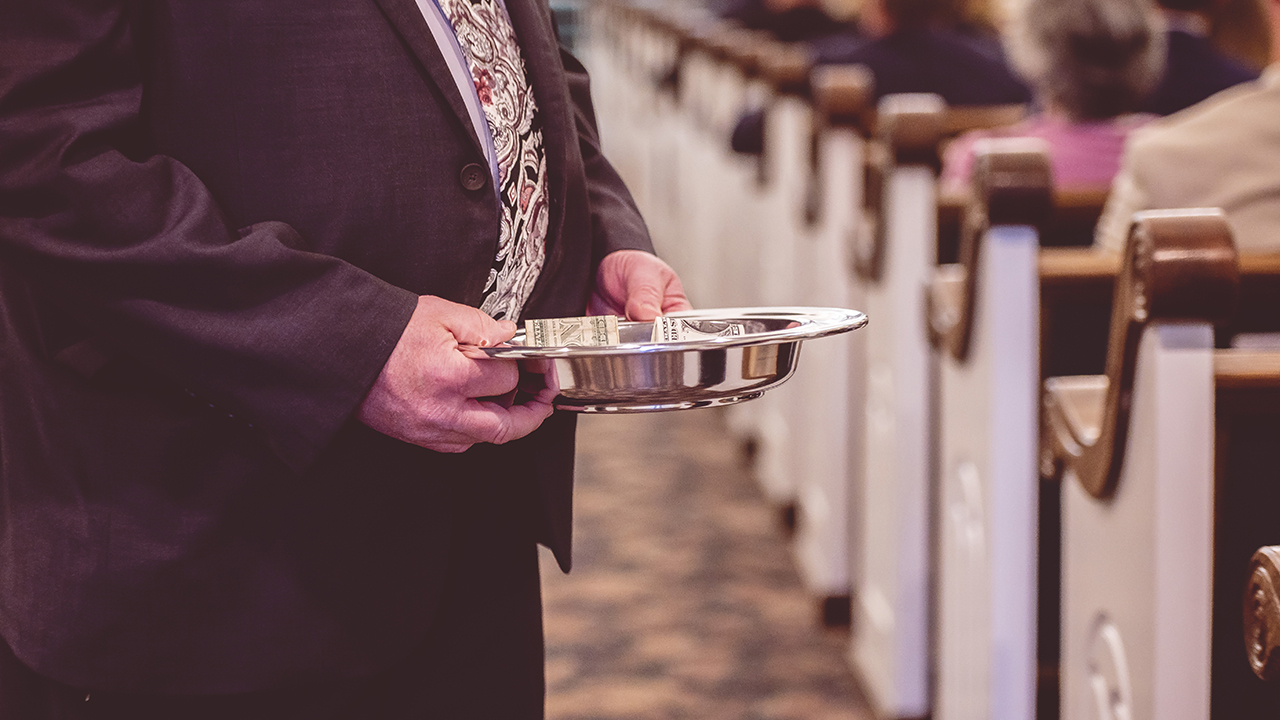Essential Equipment for Church Live Streaming
In the modern church landscape, live streaming has become an integral part of how congregations engage with worship services. Whether members are tuning in from home, traveling, or exploring faith for the first time, live streaming allows churches to reach a broader audience and make worship more accessible. While the concept of live streaming may seem daunting at first, getting started requires only a few key pieces of equipment.
This guide outlines the essential equipment your church needs for live streaming, providing an overview of the tools necessary to create a professional and engaging worship experience online. From cameras and microphones to streaming software, we’ll explore what you need to get your church’s live stream up and running.
Why Church Live Streaming Matters
Before diving into the essential equipment, it’s important to understand why live streaming matters for churches today. Live streaming helps churches:
- Reach a Wider Audience: People who are unable to attend in person—whether due to distance, health reasons, or scheduling conflicts—can still participate in worship.
- Engage the Community: Online services allow congregants to remain connected with the church even when they can’t attend physical services.
- Attract New Members: Live streaming provides an opportunity for people exploring faith or new to the area to experience your church before attending in person.
To ensure that your live stream is professional and engaging, it’s important to invest in the right equipment.
Essential Equipment for Church Live Streaming
When it comes to live streaming, your equipment setup can vary based on your budget and the quality you’re aiming for. However, every live stream requires a few key components: a camera, audio equipment, a streaming device or software, and a stable internet connection. Let’s take a closer look at the essential equipment your church will need.
1. Cameras
The camera is one of the most important pieces of equipment for live streaming. The type of camera you choose depends on your church’s needs and budget, but it’s important to choose a camera that captures clear, high-quality video.
- Entry-Level Option: Smartphone or Tablet: For churches just getting started, a smartphone or tablet can serve as a simple, cost-effective camera. While the video quality may not be as high as professional equipment, it’s a great way to start streaming on a limited budget.
- Mid-Range Option: DSLR or Mirrorless Cameras: Many churches use DSLR or mirrorless cameras for higher-quality video. These cameras offer more flexibility in terms of zoom, focus, and image clarity. Popular options include the Canon EOS M50 or Sony Alpha series.
- Professional Option: Camcorders or PTZ Cameras: For churches with larger budgets, camcorders or Pan-Tilt-Zoom (PTZ) cameras are a great choice. PTZ cameras allow remote control over the camera’s movements, making them ideal for capturing different angles or focusing on specific parts of the service. Popular models include the Blackmagic Design Studio Camera or the Panasonic PTZ series.
2. Microphones
Good audio quality is critical for an effective live stream. Even if your video quality is excellent, poor audio can detract from the worship experience. To ensure clear sound, investing in quality microphones is a must.
- Entry-Level Option: Lavalier or USB Microphones: Lavalier microphones (clip-on mics) can capture the pastor’s voice clearly and are budget-friendly. USB microphones, such as the Blue Yeti, are also an easy option for small setups.
- Mid-Range Option: Wireless Microphone Systems: Wireless mics provide freedom of movement for pastors and worship leaders. Systems like the Sennheiser EW 100 G4 or Shure BLX14R can capture clear audio while allowing users to move around freely during the service.
- Professional Option: Shotgun or Condenser Microphones: For churches looking to capture not only the speaker but also the worship team or congregation, shotgun or condenser microphones provide more directional sound pickup, improving overall audio quality.
3. Audio Mixers
To ensure a balanced mix of voices, music, and other sounds, you’ll need an audio mixer. Mixers allow you to control multiple audio inputs (such as microphones and instruments) and adjust sound levels for your live stream.
- Entry-Level Option: Small Analog Mixers: For small setups, an analog mixer like the Behringer Xenyx series is a good starting point. These mixers are affordable and offer basic control over multiple audio sources.
- Mid-Range Option: Digital Mixers: Digital mixers provide more control and flexibility, allowing you to fine-tune the audio mix. The Behringer X32 Compact or Yamaha MG10XU are popular options for churches.
- Professional Option: Multi-Channel Mixers with Built-In Effects: If your church has a larger worship team or more complex audio needs, consider investing in a multi-channel mixer with advanced features like built-in effects or compression. The Allen & Heath QU-16 or PreSonus StudioLive mixers are excellent choices for high-quality live sound.
4. Streaming Software or Hardware Encoders
Once you have your camera and audio setup, you’ll need a way to transmit the live stream to your audience. This is where streaming software or hardware encoders come in.
- Software Encoders (Budget-Friendly): Software encoders allow you to stream directly from your computer. Popular software options include OBS Studio (free), vMix, and Wirecast. These platforms allow you to switch between multiple camera angles, add graphics or overlays, and control the live stream from your computer.
- Hardware Encoders (Professional): Hardware encoders are standalone devices that process the video and audio signals and send them to the streaming platform without needing a computer. Popular hardware encoders include the Blackmagic ATEM Mini Pro and the Teradek Vidiu X.
For most churches, starting with software encoders is a cost-effective solution, while hardware encoders are ideal for more complex setups or larger productions.
5. Stable Internet Connection
A reliable and fast internet connection is crucial for successful live streaming. A poor connection can result in lagging, buffering, or dropped streams, which can be frustrating for viewers.
- Recommended Upload Speed: For HD-quality streaming, aim for an upload speed of at least 5 Mbps. For 4K streaming, you’ll need 10-20 Mbps or higher.
- Wired vs. Wireless: Whenever possible, use a wired Ethernet connection to ensure stability. Wi-Fi connections can be unreliable, especially in crowded areas.
Conduct a speed test before your service to ensure your internet connection can handle the stream without interruptions.
6. Lighting Equipment
Good lighting enhances the quality of your live stream by making sure subjects are well-lit and easy to see. Churches often have dim or uneven lighting, so investing in lighting equipment can make a big difference.
- Entry-Level Option: Ring Lights or LED Panels: Ring lights and small LED panels are affordable options for lighting up the speaker or worship team. These can be placed around the camera to provide even lighting.
- Mid-Range Option: Softbox Lighting Kits: Softbox lighting provides a more professional look, offering soft, diffused light. A two- or three-light setup is ideal for balancing lighting across the stage or podium.
- Professional Option: Stage Lighting Systems: For larger churches with more elaborate setups, consider stage lighting systems that provide control over brightness, color, and focus. Brands like Chauvet DJ and ADJ offer professional lighting kits for larger productions.
Additional Accessories
In addition to the core equipment, there are a few additional items that can enhance your live streaming setup:
- Tripods and Mounts: A sturdy tripod or camera mount ensures that your camera is stable and positioned correctly for the best angle.
- Cables and Adapters: Ensure you have all the necessary cables and adapters to connect your camera, audio equipment, and encoder to your streaming platform.
- Backup Equipment: Have backup batteries, extra cables, and a secondary camera or microphone on hand in case of technical issues during the service.
Conclusion:
Getting started with church live streaming doesn’t have to be overwhelming or expensive. By investing in the essential equipment—cameras, microphones, audio mixers, streaming software, and lighting—you can create a professional and engaging online worship experience for your congregation. As you grow, you can expand your setup with more advanced equipment to enhance the quality and reach of your live streams.
In follow-up articles, we’ll dive into more specifics on setting up and optimizing each piece of equipment to ensure a seamless live streaming experience for your church. Whether you’re just starting out or looking to upgrade, the right equipment will help you connect with your congregation and grow your online presence.
editor's pick
News via Inbox
Stay ahead in the fast-evolving world of church technology with our Newsletter! By subscribing, you will gain access to a wealth of information and resources designed to keep you informed and empowered.






